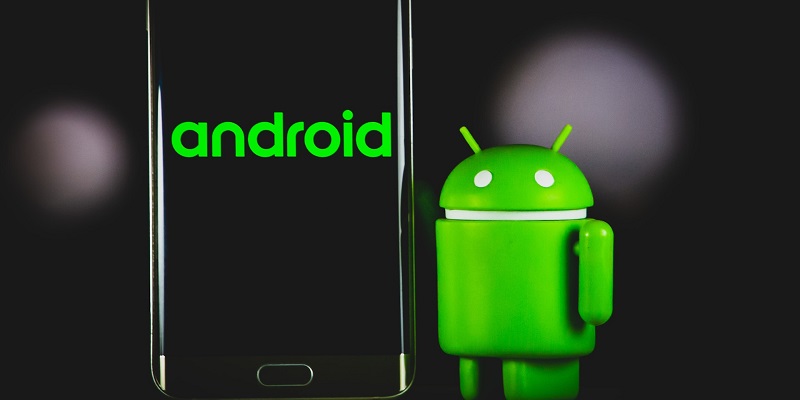Google recently released its monthly security updates for the Android operating system, aiming to address a total of 46 software vulnerabilities. These updates are crucial in ensuring the protection of Android devices and safeguarding user data from potential threats and attacks. In this article, we will delve into the details of the actively exploited vulnerabilities that Google has addressed in its latest security patches.
Actively Exploited Vulnerabilities
Among the 46 software vulnerabilities addressed by Google’s security updates, three have been identified as actively exploited in targeted attacks. These vulnerabilities pose significant risks to the security and privacy of Android users.
CVE-2023-26083: Memory Leak Flaw in Arm Mali GPU Driver
One of the vulnerabilities, tracked as CVE-2023-26083, is a memory leak flaw that affects the Arm Mali GPU driver for Bifrost, Avalon, and Valhall chips. This particular vulnerability was previously exploited in a malicious attack that enabled spyware infiltration on Samsung devices in December 2022. With the release of the security updates, Google aims to patch this vulnerability to prevent further exploitation and protect vulnerable devices.
CVE-2021-29256: High-Severity Issue in Arm Mali GPU Kernel Drivers
Another significant vulnerability addressed by Google’s security updates is tracked as CVE-2021-29256. This high-severity issue impacts specific versions of the Bifrost and Midgard Arm Mali GPU kernel drivers. By addressing this vulnerability, Google aims to mitigate potential risks and prevent malicious actors from taking advantage of this security flaw.
CVE-2023-2136: Critical Bug in Skia Graphics Library
The third exploited vulnerability, identified as CVE-2023-2136, is a critical-severity bug discovered in Skia, Google’s open-source multi-platform 2D graphics library. Initially disclosed as a zero-day vulnerability in the Chrome browser, this flaw allows a remote attacker who has taken over the renderer process to perform a sandbox escape and execute remote code on Android devices. By patching this vulnerability, Google aims to prevent any further compromise of Android devices through this exploit.
CVE-2023-21250: Critical Vulnerability in Android System Component
Apart from the actively exploited vulnerabilities, Google’s July Android security bulletin highlights another critical vulnerability, CVE-2023-21250, affecting the Android System component. This particular vulnerability has the potential to cause remote code execution without user interaction or additional execution privileges, making it a particularly precarious issue. With the release of the security updates, Google addresses this vulnerability and offers enhanced security measures to protect Android devices.
Patch Levels and Updates
Google’s July Android security bulletin is rolled out in two patch levels. The initial patch level, made available on July 1, focuses on core Android components and meticulously addresses 22 security defects in the Framework and System components. These patches aim to fortify the security infrastructure of the Android operating system and eliminate any potential vulnerabilities that could be exploited by malicious actors.
In today’s digital landscape, where cyber threats and targeted attacks are on the rise, it is crucial to prioritize device security and regularly update Android devices with the latest security patches. Google’s monthly security updates serve as a shield against potential exploits and vulnerabilities, ensuring the protection of user data and maintaining the integrity of Android devices. By promptly addressing actively exploited vulnerabilities, such as CVE-2023-26083, CVE-2021-29256, CVE-2023-2136, and CVE-2023-21250, Google showcases its commitment to enhancing the security of the Android operating system and keeping users safe in an ever-evolving threat landscape. Remain vigilant, keep your devices updated, and stay protected.

